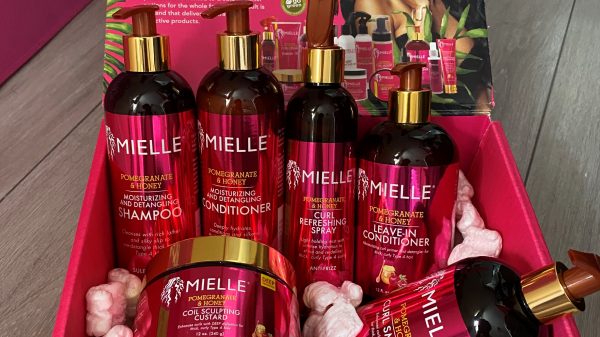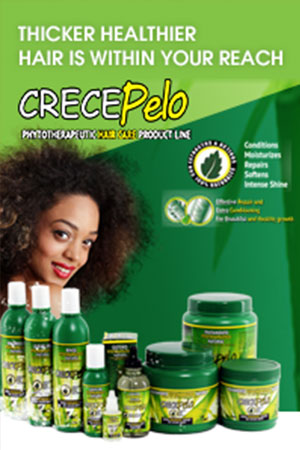 The stresses of modern life and a less-than-ideal diet often conspire to make our digestive tract the weakest link in our body’s defences against illness. But there is a lot you can do to keep your insides healthy. By Sherry Dixon
The stresses of modern life and a less-than-ideal diet often conspire to make our digestive tract the weakest link in our body’s defences against illness. But there is a lot you can do to keep your insides healthy. By Sherry Dixon
Skin is on show every day. How it looks can profoundly affect the way we feel about ourselves. If our skin looks good, we feel good, so it’s little wonder that we spend so much time, effort and money on beauty regimes. Yet, just as important is a diet that not only takes into consideration the visible, very top layer of the skin but that also nourishes the layers of cells beneath it. “We are what we eat” is undoubtedly true – food is our best medicine – but what we eat is also reflected in how we look. Healthy people should shine. They have clear skin, glossy hair and sparkling eyes with bright whites. But due to stress and other 21st-century ailments, the digestive tract becomes confused, resulting in toxic overload. So let’s look at two ways to achieve inner cleanliness.
The colon, or large intestine, is an vital part of the digestive system. Populated by billions of friendly bacteria that assist in detoxifying waste, it completes the digestive process and handles our food waste and much other body waste. Poor digestion, yeast overgrowth, spastic colon, irritable bowel syndrome, chronic constipation and diarrhoea are usually accompanied by auto-intoxication, literally “self-poisoning” (the reabsorption of soluble wastes into the bloodstream). This places a heavy burden on the other eliminative organs of the body – the kidneys, skin and lungs. Chronic constipation can lead to toxic overload, causing bloating, headaches, flatulence, fatigue, colitis and skin problems such as acne, eczema and psoriasis. In the longer term, bowel disease is a great risk. Correct function of the colon is a necessity for health. It has been said that colon malfunction can lead to 80 per cent of all diseased states.
If you suffer from any of these complaints, why not consider colonic hydrotherapy?
How it works
This “internal bath”, conducted by a trained therapist, helps cleanse the colon of poisons, gas, accumulated faecal matter and mucus deposits. It’s not a new thing devised for celebrities – the first case was recorded in 1500bc, and it has been used in traditional and naturopathic medicine since then. Filtered water is introduced under gentle gravitational pressure through the rectum into the colon. With special massage techniques, the water begins to soften and cleanse the colon of faecal matter and old deposits, which are piped away with the waste water. The therapist works progressively around the structure of the colon, allowing water alternatively to flow in and release. The whole procedure takes about 40 minutes. The equipment is safe and is sterilized using hospital-approved sterilization solutions.
Most people quickly experience improved mental clarity after colonic hydrotherapy. Some say they get a greater feeling of wellbeing and lightness. Treatment depends on the individual case and advice will be given at the first consultation.
Margie Finchell is a registered colonic therapist. You can contact her at 58b Crawford Street, London W1 (020 7724 1291 and 020 7624 5519) or at The Freed Clinic in Croydon (020 8665 5042).

































































